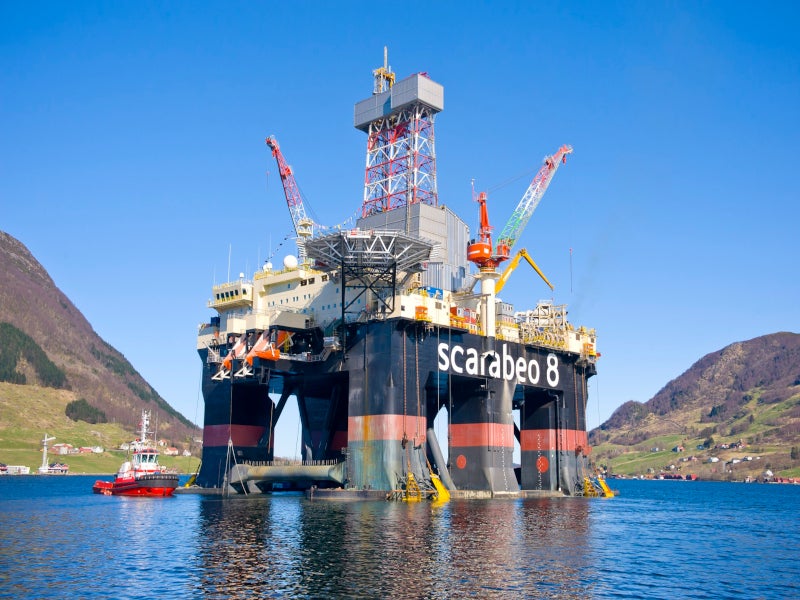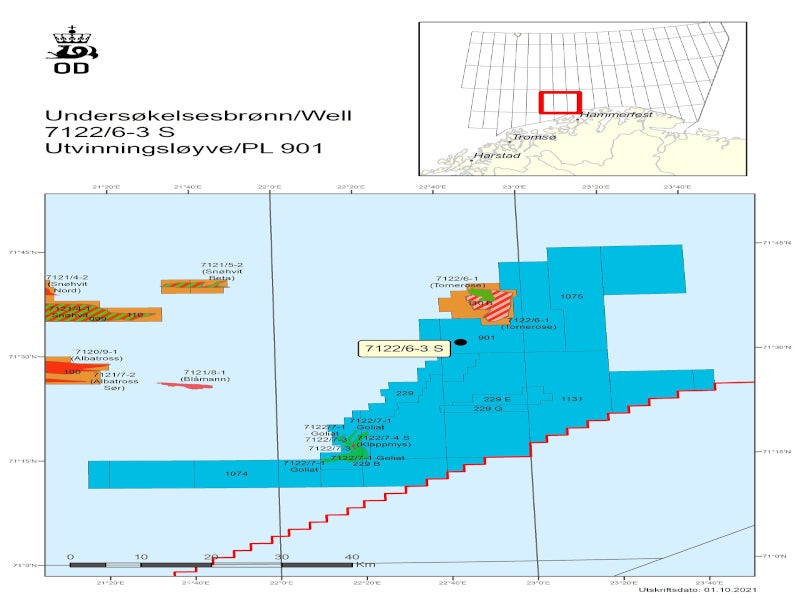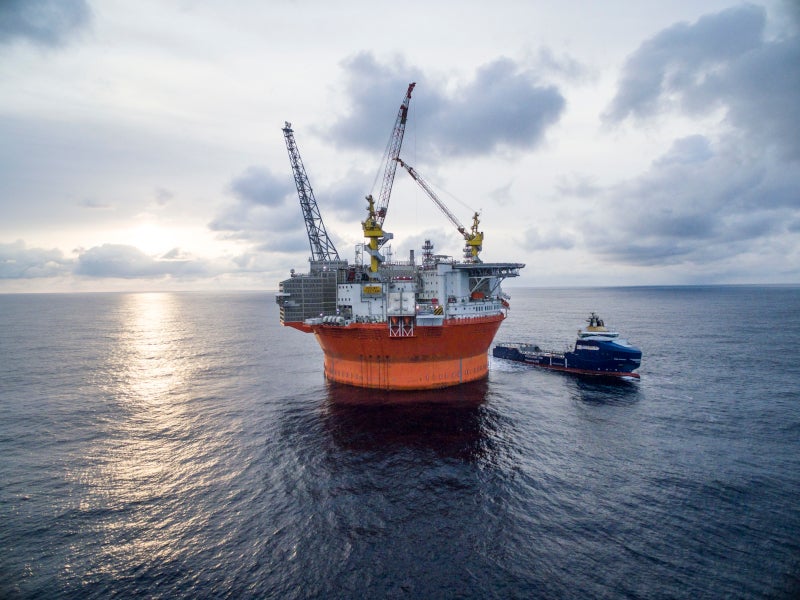Rodhette is an oil and gas prospect located at a water depth of 427m within production licence (PL) 901 in the Barents Sea, off the coast of Norway.
Var Energi is the operator of PL901 and holds a 50% working interest in the licence. The licence partners include Equinor, Longboat Energy and Concedo, which hold 10%, 20% and 20%, respectively.
The Rodhette prospect is a part of Longboat’s seven-well exploration programme that also includes Egyptian Vulture, Ginny, Hermine Mugnetind, Cambozola, and Copernicus prospects.
Var Energi received approval from the Petroleum Safety Authority (PSA) Norway for drilling at the Rodhette prospect in August 2021.
Rodhette prospect resources
The Rodhette prospect is estimated to contain 41 million metric barrels of oil equivalent (MMboe) of gross mean prospective resources, which can further increase to a total of 81MMboe. It has a potential success chance of 41% with the major risk factor of its association with fault seal and oil column thickness.
The prospect is expected to hold between 9Mmboe and 12Mmboe of gross recoverable resources, according to preliminary estimates.
Rodhette prospect geology and discovery
The Rodhette prospect, which is located in the Hammerfest Basin, was discovered with the drilling of the 7122/6-3 S exploration well in October 2021. The well was drilled to prove the presence of oil and gas in the reservoir rocks of the Realgrunnen Subgroup from the Late Triassic to the Middle Jurassic age.
Drilled to a vertical depth of 1,970m below the seabed, the 7122/6-3 S well was terminated in the Fruholmen Formation of the Late Triassic era.
The well encountered a 28m hydrocarbon column in the Sto Formation of the Early to Middle Jurassic age. Approximately 22m of the reservoir contains high net-to-gross sandstone of moderate to good quality. A gas column of approximately 18m was also identified in the well over an oil rim. The well is planned to be plugged and abandoned.
Furthermore, 36m of water-filled sandstone layers with moderate to good reservoir quality were intercepted in the Nordmela, Tubaen and Fruholmen formations from the Early Jurassic to Late Triassic era. The gas-oil contact and the oil-water contact were encountered at 1,865m and 1,876m below the seabed, respectively.
Rodhette prospect development details
Drilled using the Saipem’s Scarabeo 8 deepwater semi-submersible drilling rig, the 7122/6-3 S exploration well will be tied back to Var Energi’s Goliat floating production storage offloading (FPSO) facility, situated 30km away in the Barents Sea, for early monetisation.
Goliat, which is located in PL229, is the first oil-producing field in the Barents Sea to come on stream in 2016.
Seven-well drilling programme details
Located at a water depth of 72m, the Mugnetind well operated by Aker BP was drilled using Maersk Integrator jack-up drilling rig. It has estimated gross mean prospective resources of 24Mmboe with potential upside expected to increase the gross resources to up to 47Mmboe. The success chance of the well is estimated at 51%.
The Egyptian Vulture prospect, which is operated by Equinor, was drilled using the West Hercules, a sixth-generation semi-submersible drilling rig. It has a total gross mean prospective resource of 208Mmboe with a success chance of 25%.
Other prospects operated by Equinor, such as Ginny and Hermine, will also be drilled using the West Hercules semi-submersible drilling rig. The prospects will hold an estimated combined total gross mean prospective resource of 129Mmboe with success chances of 27% and 22%, respectively. The Cambozola exploration well will be drilled in the first half of 2022 by the Deep-Sea Stavanger semi-submersible drilling rig.




